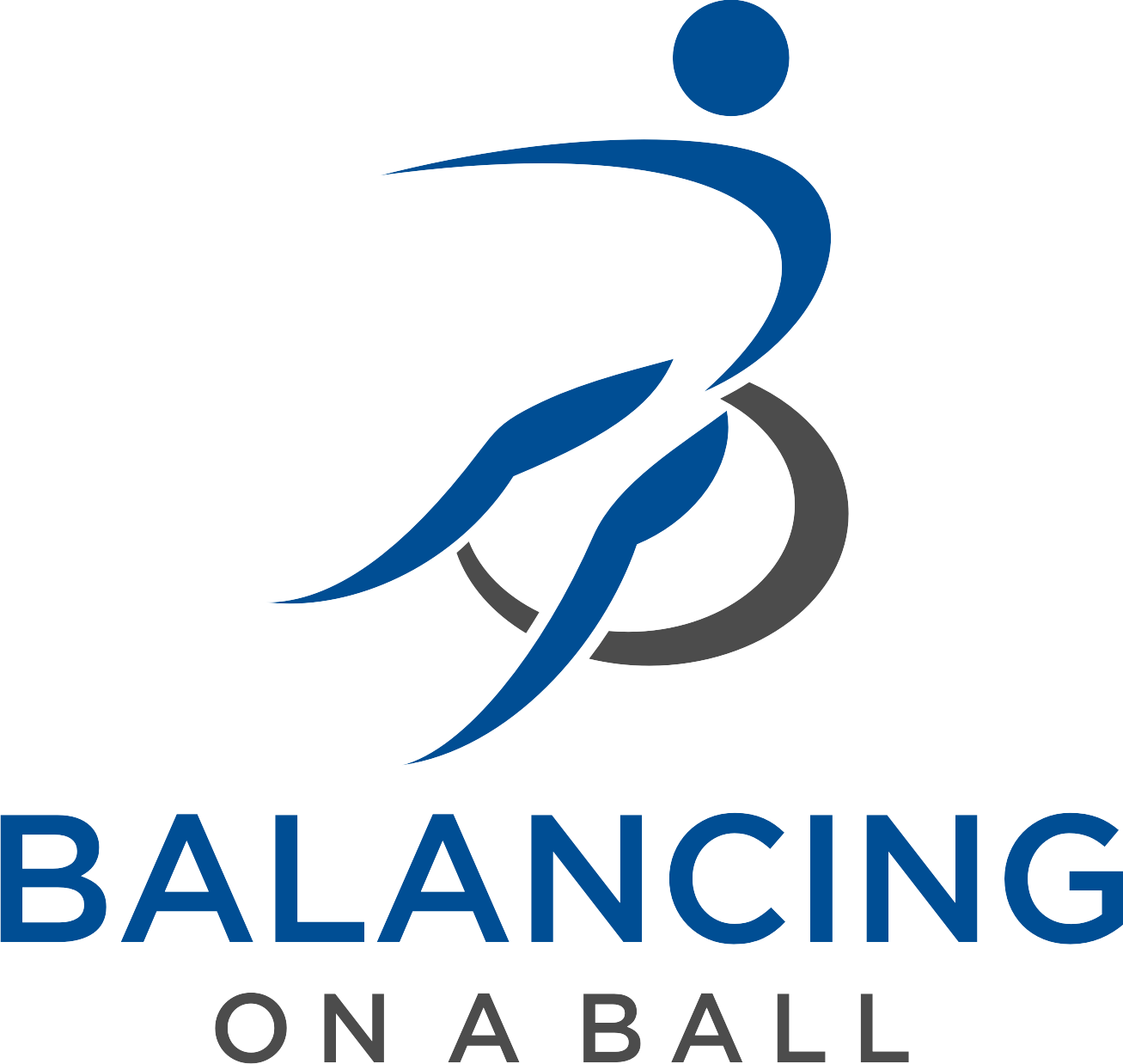I’m not a big fan of those ubiquitous and annoying blog posts, YouTube videos, etc. that warn you about “the biggest thing” you’re not doing, when we’re all doing the best that we can. Your workout and your body aren’t going to suffer from not doing reactive training; however, it IS something worth understanding and considering.
Reactive training – improving one’s ability to respond quickly and decisively to sudden changes in the environment – has been part of sports training forever, especially for sports where things are in constant motion. Think of baseball, soccer, martial arts, football, tennis – any sport where the ability to respond instantly and almost instinctively to your opponent’s moves is critical. However, once we’re no longer in a sports context, this training element disappears.
Is that a problem?
I think an important goal of physical training at any level is to improve our ability to interact with our environment. Training should make us more physically (as well as mentally & emotionally) capable and confident in our day-to-day lives.
In the real world, things are not always predictable. Sometimes things come flying at us out of left field – WHOA! didn’t see that coming! This is certainly true of large-scale events like, oh, say a fourth wave of the virus, but also of discreet events like a car suddenly appearing as we’re about to turn, or a lamp getting knocked over as we move furniture.
If you think about a gym, it’s an entirely predictable environment. Every move you make in a gym is scripted, whether it’s on a treadmill or other cardio machine, in the circuit room on one of the weight machines, or even working with free weights. There are no surprises, and you never have to react quickly to anything. You can get stronger, sure, and probably improve your cardiovascular health, but nothing about a gym workout prepares you to react quickly to some unanticipated stimulus.
This is where reactive training come in. Reactive training exercises intentionally create situations where you have to respond quickly to an unpredictable stimulus. One of my favorite exercises for challenging my client’s ability to respond quickly is simply to toss tennis balls at them. The objective is to catch the ball in one hand and drop it in a basket. We practice both underhand and overhand catches. The difficulty scales up when I toss two balls at once.
On a neuro-cognitive level this exercise trains the ability to visually track the trajectory of objects coming at you, eye-hand coordination (aligning the hand with where your brain predicts the ball will intersect it), and the sensory-motor skill of closing the fingers around the ball at just the right moment. On a simpler level, it’s a fun and challenging exercise that trains the brain/body to adapt quickly with coordinated action to an incoming stimulus.
I’m also starting to use a more sophisticated reactive training system with my clients called Blazepods. As you can see in the photos, these are short, circular lights that illuminate in random patterns, and the objective is to tap the light as quickly as possible to get it to turn off. As soon as one light is tapped off, another one goes on. This continues for a defined period of 30 seconds to a minute.
The software, which is an app on my phone, monitors both the number of hits, and the reaction interval of each hit in milliseconds, and then gives an average reaction time for the drill which allows you to track your progress. The pods can be set up in any configuration, and the type of drills are really limited only by the imagination.
So, as I said, if you’re not incorporating reactive training into your workout, you’re not doing anything wrong. However, I think the ability to react quickly – like strength, mobility, and cardiovascular health – is one of the core components of being a resilient and able-bodied human and I think it’s worthy of consideration, especially as we get older.




